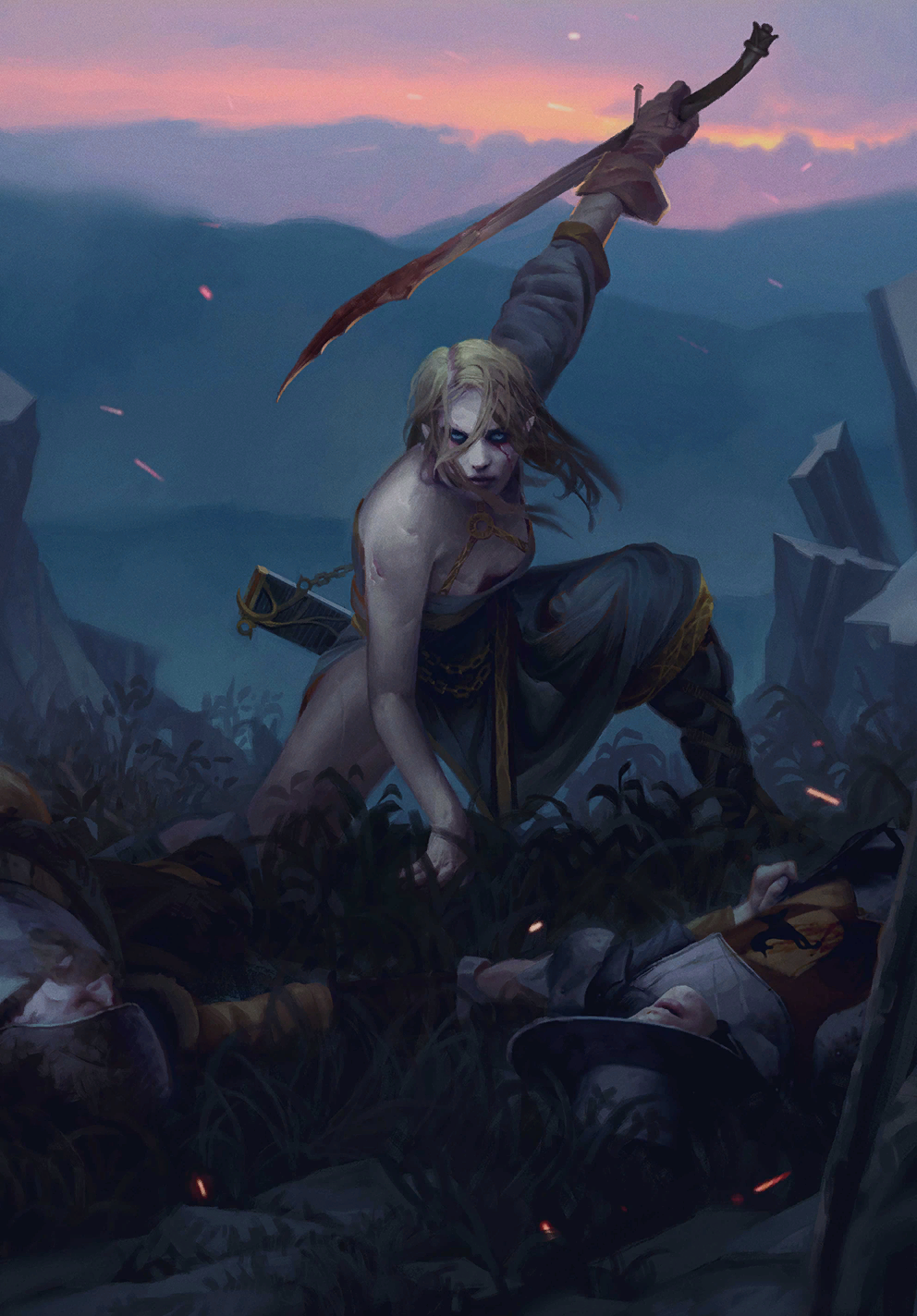
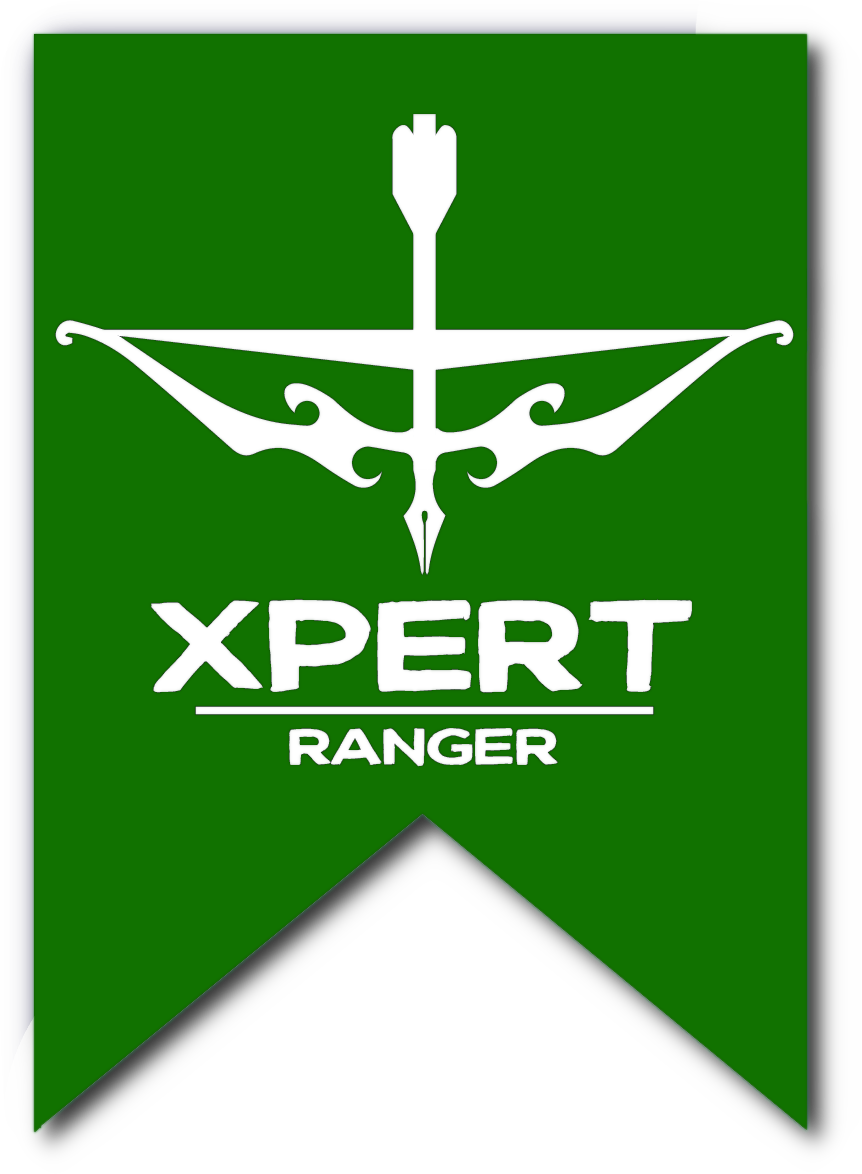


Swiftblade
Dashing through the dense forest, a lithe elven figure in a green and gold half cloak gracefully leaps from branch to branch. With unparalleled speed and agility, they close in on their fleeing prey, ready to strike with blinding swiftness.
Amidst a chaotic battlefield, a nimble human woman weaves through the ranks of her adversaries, sidestepping their blows with ease. She changes the grip on her blade, dives into the fray, and becomes a whirlwind of lethal steel.
With cutlass in hand, a tabaxi man in a tattered naval coat ducks and tumbles across the enemy ship's deck, striking down foes with lightning-quick slashes. In a flash of gunpowder smoke, a well-placed shot from his pistol takes down yet another enemy sailor before they even realize the danger they're in.
Swiftblades are masters of agility and speed, harnessing their innate talents or training and their varied stances to achieve a masterfully destructive style of combat. With swift reflexes and an agressive fighting style, they deliver vicious strikes that leave opponents reeling. Whether they are elegant duelists, nimble assassins, or acrobatic warriors, swiftblades embody the essence of rapidity and finesse.
Versatile Stances
In the heat of battle, swiftblades exhibit a remarkable versatility that sets them apart from their peers. With their ability to effortlessly switch between stances, a swiftblade can adapt their approach to suit the needs of the moment, seamlessly transitioning from offense to defense or from speed to precision. These warriors are a whirlwind of calculated chaos, leaving their enemies bewildered and outmatched.
However, a swiftblade's stances are more than just techniques; they are a manifestation of their fluid combat style and masterful dueling prowess. The versatility they offer is a testament to the swiftblade's mastery over the art of swift and aggressive melee combat, making them a force to be reckoned with on any battlefield.
Featherweight Combat
In the realm of combat, swiftblades dance upon the edge of danger. Unburdened by the weight of armor that plagues their adversaries, swiftblades instead rely on their lightning-quick reflexes and mobility to avoid danger. An opponent might find themselves unable to land a single blow against a focused swiftblade.
Swiftblades treat combat as an art form, a dance of finesse and calculated aggression. It is this mastery of lightweight combat that grants the swiftblade an unparalleled edge, making them a formidable force to be reckoned with. Foes that underestmimate a swiftblade will quickly discover that their precision and mobility more than make up for their lack of heartiness.
Creating a Swiftblade
As you create your swiftblade character, think about why your character learned to fight? What led you to master stances and lightweight combat? Is there a person or group that you often fought against or for? A mentor or lack of a mentor, an unfortunate situation in life, or a former target or occupation could all have been factors.
You might have lost family or friends and mastered your skills as a means of getting revenge. Perhaps your father was a strict noble who insisted that you learn to fight in a sophisticated manner. You could've learned your abilities from a sage that studied that studied the art of combat and formulated complex combat stances. Maybe you've been fighting since since you were a young and these abilities simply suited your style of fighting. Whatever circumstances might have molded you into a swiftblade, you've become a skilled, versatile and efficient combatant as a result.
Quick Build
You can make a swiftblade quickly by following these suggestions. First, make Dexterity your highest ability score, followed by your choice of Charisma or Intelligence. Whichever mental stat you choose should also be used for your Combat Training feature. Second, choose the charlatan or noble background, depending on your training.
The Swiftblade
| Level | Proficiency Bonus | Features |
|---|---|---|
| 1st | +2 | Combat training, Unarmored Defense, Sidestep |
| 2nd | +2 | Executioner, Composure, Stances |
| 3rd | +2 | Swiftblade Discipline, Vital Strike |
| 4th | +2 | Ability Score Improvement, Agile Hunter |
| 5th | +3 | Extra Attack, Fluid Motions |
| 6th | +3 | Swiftblade Discipline Feature |
| 7th | +3 | Evasion |
| 8th | +3 | Ability Score Improvement |
| 9th | +4 | Rapid Critical |
| 10th | +4 | Swiftblade Discipline Feature |
| 11th | +4 | Merge Stance |
| 12th | +4 | Ability Score Improvement |
| 13th | +5 | Threatening Presence |
| 14th | +5 | Flow State |
| 15th | +5 | Field training |
| 16th | +5 | Ability Score Improvement |
| 17th | +6 | Swiftblade Discipline Feature |
| 18th | +6 | Eviscerate |
| 19th | +6 | Ability Score Improvement |
| 20th | +6 | Impeccable Form |
Class Features
As a Swiftblade, you gain the following class features
Hit Points
- Hit Dice: 1d6 per Swiftblade level
- Hit Points at 1st Level: 6 + your Constitution modifier
- Hit Points at Higher Levels: 1d6 (or 4) + your Constitution modifier per Swiftblade level after 1st
Proficiencies
- Armor: None
- Weapons: Simple weapons, martial weapons
- Tools: None
- Saving Throws: Dexterity, Your Combat Training ability score (see below)
- Skills: Choose two from Acrobatics, Athletics, Perceptions, Sleight of Hand, and Stealth. Choose an additional skill associated with your Combat Training ability score (see below)


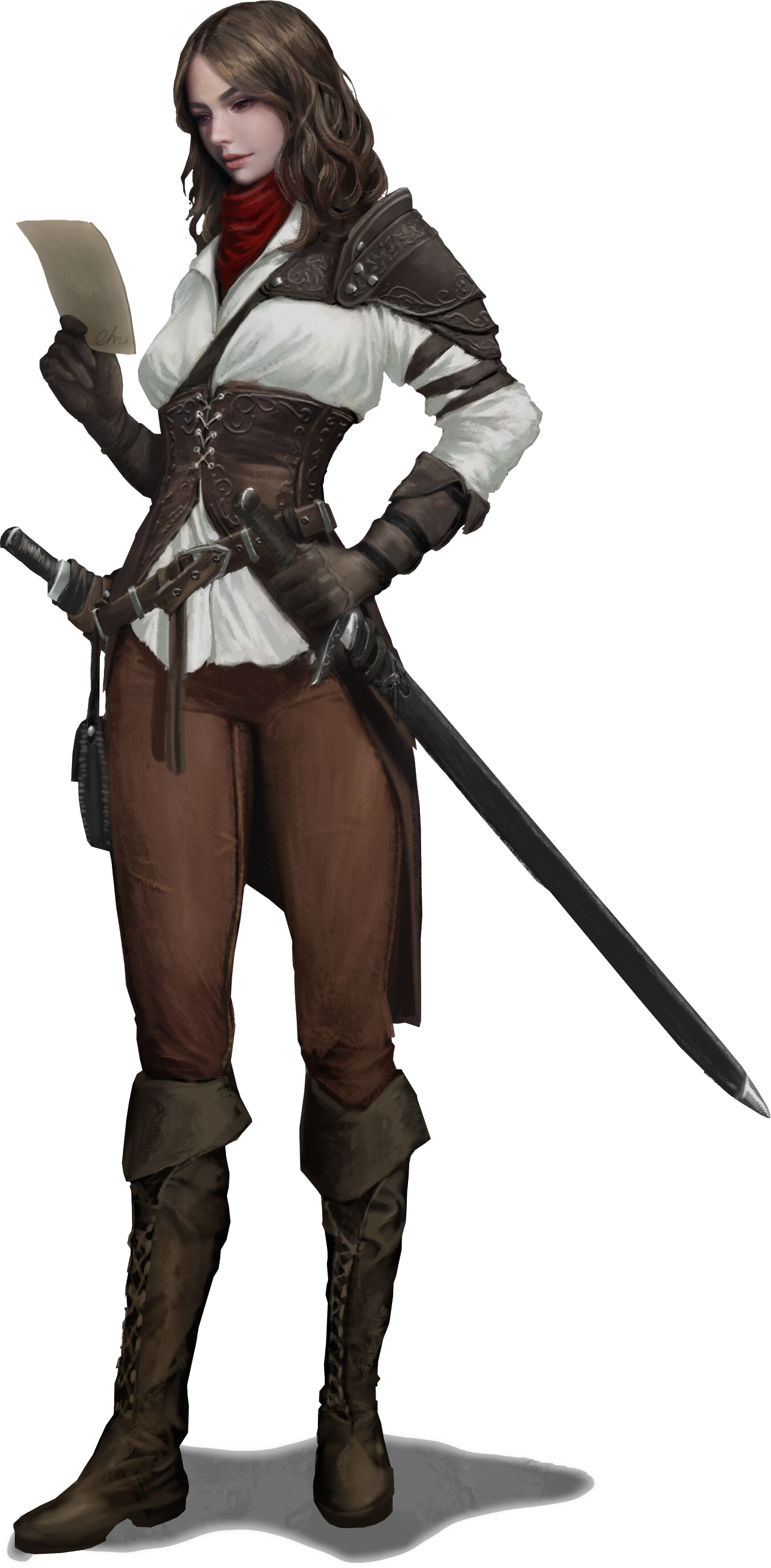

Equipment
You start with the following items, plus anything provided by your background.
- (a) a rapier, (b) a scimitar, or (c) a simple weapon
- (a) a hand crossbow and 20 bolts or (b) a scimitar
- (a) a burglar's pack, (b) a dungeoneer's pack, or (c) an explorer's pack
- Two daggers
Alternatively, you may start with 4d4 × 10 gp to buy your own equipment.
Swiftblade save DC
Some of your Swiftblade features require your target to make a saving throw to resist the feature's effects. The saving throw DC is calculated as follows:
Multiclassing and The Swiftblade
If your group uses the optional multiclassing rule, here's what you need to know if you choose to take your first level in the swiftblade class.
Ability Score Minimum. As a multiclass character, you must have at least a Dexterity score of 13 to take a level in this class, or to take a level in another class if you are already a swiftblade.
Proficiencies. If swiftblade isn't your initial class, here are the proficiencies you gain when you take your first level as a swiftblade: simple weapons and martial weapons.
Combat Training
At 1st level, you choose how you were trained to acquire your Swiftblade abilities. Your training determines the ability score you will use for your training modifier:
Audacity
You've received no training, instead you rely on your boldness and confidence to carry you through battle. You add your Charisma modifier to your intiative rolls.
You use Charisma for your training modifier.
Experience
You learned to fight through practical, real-world experiences. Once per short rest, you can regain a number of hit points equal to your Wisdom modifier as an action.
You use Wisdom for your training modifier.
Research
You've learned to be effective in combat through study and formal training. Choose a skill that you're proficient in. Your proficiency bonus is doubled for skill checks using that skill.
You use Intelligence for your training modifier.
Unarmored Defense
Beginning at 1st level, while you are wearing no armor and not wielding a shield, your AC equals 10 + your Dexterity modifier + your Combat Training ability score modifier.
Sidestep
Also at 1st level, you are quick enough to nimbly avoid many dangers. You gain access to the following reactions while you are unarmed or wielding only finesse weapons and you aren't wearing armor or wielding a shield.
- When another creature hits you with an attack, you can use your reaction to add 1d6 to your AC for that attack, potentially causing the attack to miss you.
- When you fail a Dexterity saving throw, you can use your reaction to add 1d6 to the result, potentially causing you to succeed.
Composure
Also at 2nd level, you maintain a cool head in combat that allows you to maneuver the battlefield with flawless efficiency. You gain access to composure points, which you can use to fuel various composure features and stances. You have a maximum number of composure points equal to your training modifier. You lose all of your composure points at the start of your turn if you are wearing armor or wielding a shield or if you haven't attacked a hostile creature for 1 minute. You gain composure in the following ways:
Anticipation. When you roll initiative, you gain 1 composure point.
Confidence. After you score a critical hit or reduce a creature to 0 hit points with a weapon attack, you gain 1 composure point.
Preparation. As an action, you gain 1 composure point. If you’re able to make multiple attacks with the Attack action, this action replaces one of them.
Stances
Also at 2nd level, you learn a number of stances that you utilize during combat. You start knowing three such stances: Blitzing stance, Vicious stance, and Defensive stance. You learn more stances when you select your Swiftblade Discipline at 3rd level.
Stances. You can use a bonus action on your turn to enter a stance, at which point you choose a stance that you know to become active. You cannot enter a stance that is already active. Only one stance can be active at any given time, if you have an active stance and enter a new stance, your active stance ends. While a stance is active it grants you passive bonuses. Any active stances end immediately when you haven't attacked a hostile creature for 1 minute.
Composure Bonuses. Most stances have a Composure Bonus. When you enter a stance you can spend a composure point to immediately gain its composure bonus (no action required).
Blitzing Stance
Your speed increases by an amount equal to five times your training modifier. You can only move towards hostile creatures.
Composure Bonus. Your next melee attack has advantage.
Defensive Stance
When you succeed on a saving throw or cause an attack to miss as a result of your Sidestep feature, you regain your reaction.
Composure Bonus. Until the start of your next turn, you can use your Sidestep feature when you fail any saving throw, instead of only Dexterity.
Vicious Stance
Your melee weapon attacks crit on a roll of 19 or 20.
Composure Bonus. Until the end of your turn, when you hit a creature with a melee weapon attack you can reroll one of the dice once and take the higher result.
Executioner
At 2nd level, you excel at bringing foes to a swift end. While you are unarmed or wielding only finesse weapons and you aren't wearing armor or wielding a shield, your melee weapon attacks against targets that are below their hit point maximum deal bonus damage equal to your training modifier.
Swiftblade Discipline
At 3rd level, you choose a discipline which determines how you will destroy your enemies from the list of available archetypes. Your archetype choice grants you features at 3rd level and then again at 6th, 10th, and 17th level.
Vital Strike
Also at 3rd level, when you hit a creature with a melee weapon attack you can spend any number of composure points to strike the target's vitals. You add a number of d4s equal to the number of composure points you spent to the damage of the attack.
Ability Score Improvement
When you reach 4th level, and again at 8th, 12th, 16th, and 19th level, you can increase one ability score of your choice by 2, or you can increase two ability scores of your choice by 1. As normal, you can’t increase an ability score above 20 using this feature.
Using the optional feats rule, you can forgo taking this feature to take a feat of your choice instead.
Agile Hunter
Also at 4th level, there is no opponent beyond your reach. You learn the Pouncing and Seeking stances.
Pouncing Stance
When you hit a creature with an attack, it must make a Strength saving throw or it loses any fly speed it has until the end of its next turn.
Composure Bonus. If you've moved at least 10 feet in a straight line before entering this stance on your turn, you fly up to 20 feet in a straight line. Until the end of your turn, you have resistance to fall damage.
Seeking Stance
You have blindsight with a range of 10 feet.
Composure Bonus. You take the Search action with advantage.
Extra Attack
Beginning at 5th level, you can attack twice, instead of once, whenever you take the Attack action on your turn.
Fluid Motions
Also at 5th level, you master the art of switching stances on a whim. At the start of each of your turns, you can spend 1 composure point to enter a stance of your choice (no action required).
Evasion
Beginning at 7th level, you can nimbly dodge out of the way of certain area effects, such as a red dragon's fiery breath or an ice storm spell. When you are subjected to an effect that allows you to make a Dexterity saving throw to take only half damage, you instead take no damage if you succeed on the saving throw, and only half damage if you fail.
Rapid Critical
Beginning at 9th level, when you score a critical hit on a hostile creature, the number of attacks you can make as part of the Attack action increases by one until the end of your turn. You can only gain this effect once per turn.
The number of attacks granted by this feature increases to two at 17th level.
Merge Stance
Starting at 11th level, you learn to blend the stances you know together to create new, more potent stances. You can have two stances active at once. If you have two stances active and enter a new stance, you must choose and end one of your active stances.
The total number of stances you can have active at once increases to three at level 20.
Threatening Presence
At 13th level, you have the aura of a highly skilled combatant. If you spend at least 1 minute interacting with another creature outside of combat, you can choose to have them gain insight into your capabilities. They immediately mark you as a potential threat and you and friendly creatures within 30 feet of you have advantage on Intimidation checks against them until they haven't seen you for 10 minutes.
Flow State
At 14th level, when you are in your element, few things can hold you back. While you have at least 1 composure point, you have advantage on all saving throws.
Field training
Starting at 15th level, your experiences and adventures have improved the quality of your combat training. You add +2 to your training modifier (not your ability score modifier).
Eviscerate
At 18th level, after you deal damage to a creature with a melee weapon attack, you can expend 3 composure points to attempt to end its life (no action required). If its remaining hit points are lower than twice your Swiftblade level, it dies.
Impeccable Form
At 20th level, your exquisite form and technique allow you to accomplish impossible feats. You gain 1 composure point at the start of each of your turns.
Swiftblade Disciplines
Swiftblades all possess the tools to bring about a swift end to those that stand in their path. However, the methods and stances used differ from swiftblade to swiftblade. Your discipline represents the training you've received or underwent to craft you into the warrior you've become.
Chaos Binder
Chaos binders bring the tumultuous fate-bending energies of the universe into themselves, gaining power at the cost of their own flesh. With each movement, these swiftblades release bursts of raw chaotic energy, creating a dangerous and unpredictable battlefield for friend and foe alike.
Chaos Binder Stances
As a Chaos Binder, you know the following stances.
Channeling Stance
When you enter this stance, choose a damage type from acid, cold, fire, lightning, or thunder. You have resistance to the chosen damage type.
Composure Bonus. You heal yourself for an amount of hit points equal to your proficiency bonus.
Spellburst Stance
If you've taken acid, cold, fire, lightning, or thunder damage on your turn, your melee weapon attacks deal an extra 1d6 damage of the type you took. If you took more than one of the aforementioned damage types on your turn, you choose which type your weapon attacks deal.
This stance's damage increases to 2d6 when you reach 11th level in this class.
Composure Bonus. Creatures within 10 feet of you, including yourself, take acid, cold, fire, lightning, or thunder damage (your choice) equal to your proficiency bonus. You are resistant to damage from this effect.
Unstable Energy
When you choose this subclass at 3rd level, you embrace and utilize the unstable energies of the realm. At the start of each of your turns, you can choose to take acid, cold, fire, lightning, or thunder damage (your choice) equal to your proficiency bonus. If you do, you gain 1 composure point.
Shift Fate
Also at 3rd level, you can nudge the chaotic energies you use in your favor. When a creature within 30 feet of you, including yourself, makes an ability check, you can use your reaction to increase or decrease the result by an amount equal to your proficiency bonus. You can use this effect before or after learning whether the ability check would succeed.
Once you use this feature you can't do so again until you complete a long rest.
Flux Discharge
Beginning at 6th level, you can expel the dangerous arcane forces you house within yourself to gain brief moments of respite. You can use your bonus action to end one of your active stances and regain a number of hit points equal to 1d8 + your proficiency bonus.
Havoc Release
At 10th level, you learn to violently release the chaotic energy you build up throughout a fight in one massive eruption. As an action, you expend 2 composure points and each creature within 20 feet of you, other than yourself, must make a Dexterity saving throw or take 1d6 damage of each of the following damage types: acid, cold, fire, lightning, and thunder damage. If you have less than half of your total hit points remaining, they take 1d12 of each damage type instead. A creature takes half as much damage on a successful saving throw. Then, you fall prone.
When you reach 17th level in this class, you add force damage to the list of damage types for this feature.
Once you use this feature you can't do so again until you complete a long rest.
Nullify Chaos
By 17th level, you've gained such precise control over the energies you harness that you can briefly remove the aspect of chaos from reality. You can treat any attack roll, saving throw, or ability check made by you or a creature that you can see as if they had rolled a natural 10 on their d20. You must choose to do so before the roll, and you can replace a roll in this way only once per turn.
You can use this feature a number of times equal to your training modifier and you regain all expended uses when you complete a short rest.
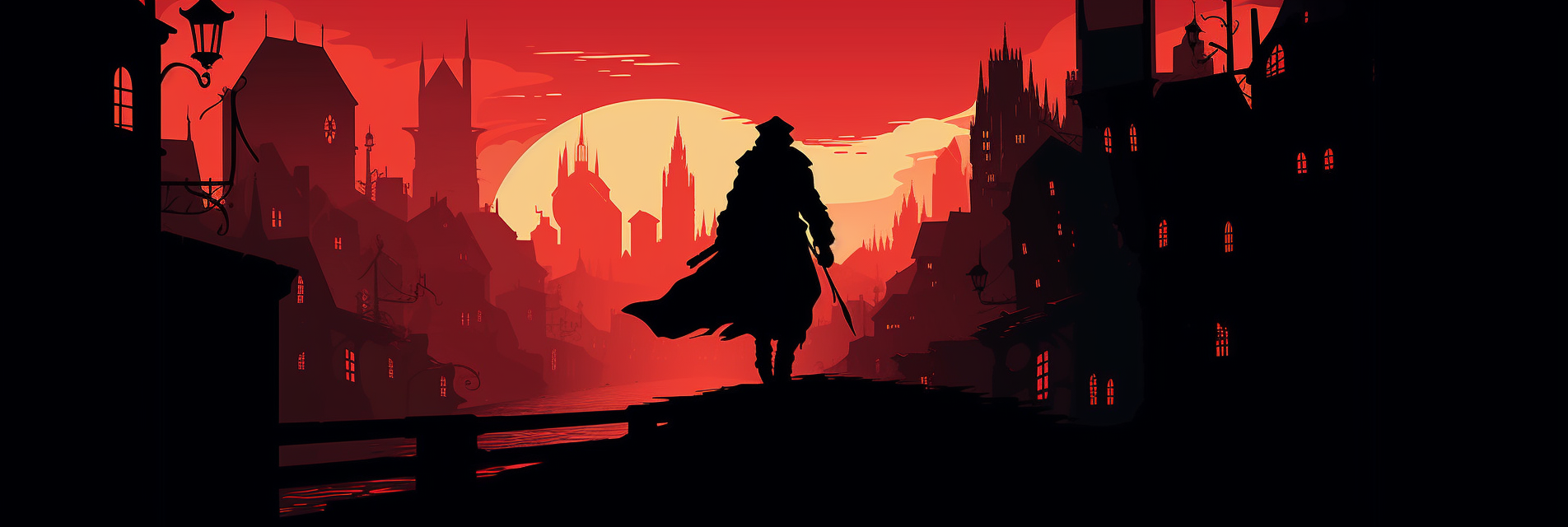

Corsair
Corsairs are the nightmare of any honest sailor. Often learning their skills from experience raiding on the high seas, these swiftblades specialize in using ranged weapons in tandem with their melee prowess to make sure they can always stab or shoot something. When a fray of combat breaks out, no one will be surprised to see a corsair come out on top.
Corsair Stances
As a Corsair, you know the following stances.
Swashbuckling Stance
When you end your turn within 5 feet of at least one hostile creature, you gain temporary hit points equal to your training modifier.
Composure Bonus. If you've hit a creature with a ranged weapon attack this turn, you can immediately move up to 15 feet and make a melee weapon attack with a weapon you are holding that lacks the two-handed property.
Gunfighting Stance
You add your training modifier to the damage of ranged weapon attacks against creatures within 20 feet of you.
Composure Bonus. If you've hit a creature with a melee weapon attack this turn, you can immediately move up to 5 feet without provoking opportunity attacks and make a ranged weapon attack with a weapon you are holding that lacks the two-handed property.
Deck Fighting
When you choose this subclass at 3rd level, you feel most at home in the fray of a pirate raid. At the end of each of your turns, if you've made weapon attacks against two or more different creatures during your turn, you gain 1 composure point.
Privateer training
Also at 3rd level, you gain proficiency in vehicles(Water) and Navigator's tools.
Boarding Maneuvers
At 6th level, you act fast and strike hard. You can give yourself a bonus to your initiative rolls equal to your training modifier.
At the start of your first turn of each combat, your walking speed increases by 10 feet, which lasts until the end of that turn. Until the end of your first turn in combat your attack rolls have advantage.
Dirty Trick
At 10th level, you aren't above utilizing foul play to gain an upper hand in combat. When you hit a creature with a weapon attack you can spend 1 composure point to choose one of the following effects for the target to suffer as part of the attack:
- Pocket Sand. They must make a Constitution saving throw or become blinded until the start of your next turn
- Trip up. You try to shove them, you may use Dexterity (Acrobatics) in place of Strength (Athletics) for your skill check
- Lacerate. Their move speed is halved until the start of your next turn
Terror of the Seas
At 17th level, your ruthless fighting style instills fear in your enemies. Each time you score a critical hit or reduce a creature to 0 hit points, hostile creatures within 30 feet of you must make a Wisdom saving throw or become frightened of you for 1 minute. A creature can repeat the saving throw at the end of each of its turns, ending the effect on itself on a success.
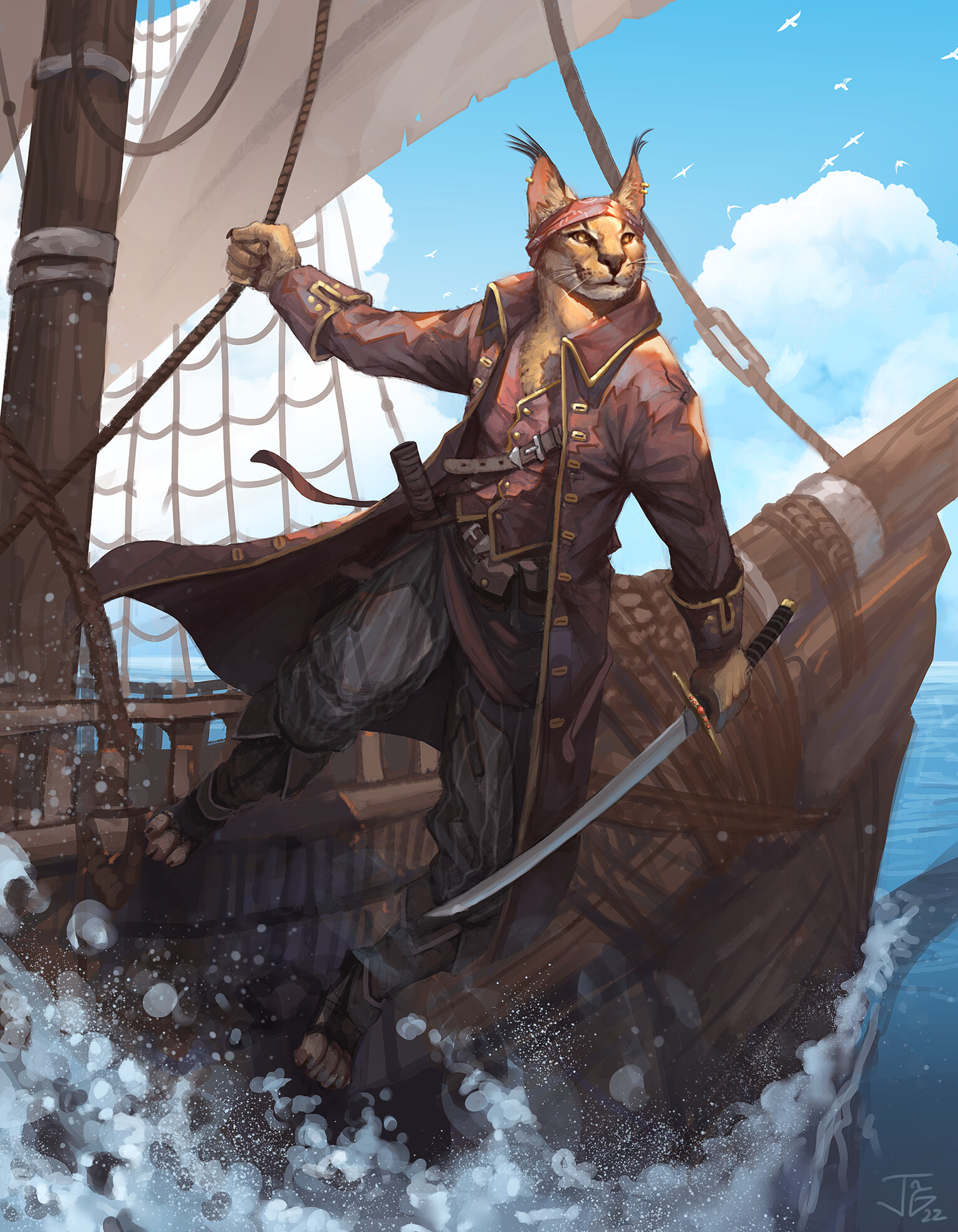


.
Duelist
Classically trained in the art of sophisticated combat, Duelists take a more strategic and defensive approach to combat than most swiftblades. They maintain their composure through parries and dashes to ensure they are always pristinely positioned and prepared for any fight. Legendary Duelists are known to go through entire battles without bearing a single scratch.
Duelist Stances
As a Duelist, you know the following stances.
En Guarde Stance
You have advantage on melee attacks against creatures that have missed you with an attack since the end of your last turn.
Composure Bonus. You have a +5 bonus to your AC against the next attack targeted at you.
Lunging Stance
If you've moved at least 10 feet in a straight line before taking the attack action on your turn, the reach of your finesse weapons increase by 5 feet.
Composure Bonus. You move up to 15 feet in a straight line without provoking opportunity attacks.
True Composure
When you choose this subclass at 3rd level, your composure is impeccable but fragile. At the end of each of your turns if you haven't taken damage since the start of your last turn, you gain 1 composure point.
Intuition
Also at 3rd level, your experience dueling has granted you uncanny intuition into the way others think. You gain proficiency in the Insight skill.
Fleet Footwork
At 6th level, you've trained to be able to safely maneuver the battlefield. Creatures have disadvantage on opportunity attacks against you.
Riposte
At 10th level, when a creature misses you with a melee attack, you can spend 1 composure point to make a melee attack against them with a finesse weapon (no action required).
Dueling Master
At 17th level, you can issue a formal challenge to a creature you can see as a bonus action. The target must make a Wisdom saving throw against your Composure save DC. On a failure, you gain the following benefits for the next minute:
- Your sidestep feature uses a d10 against this creature
- At the start of each of your turns, you can move up to 15 feet towards the creature (no action required)
- The creature cannot make opportunity attacks against you
When a creature fails its Wisdom saving throw against this feature, you cannot use it again until you complete a short or long rest.
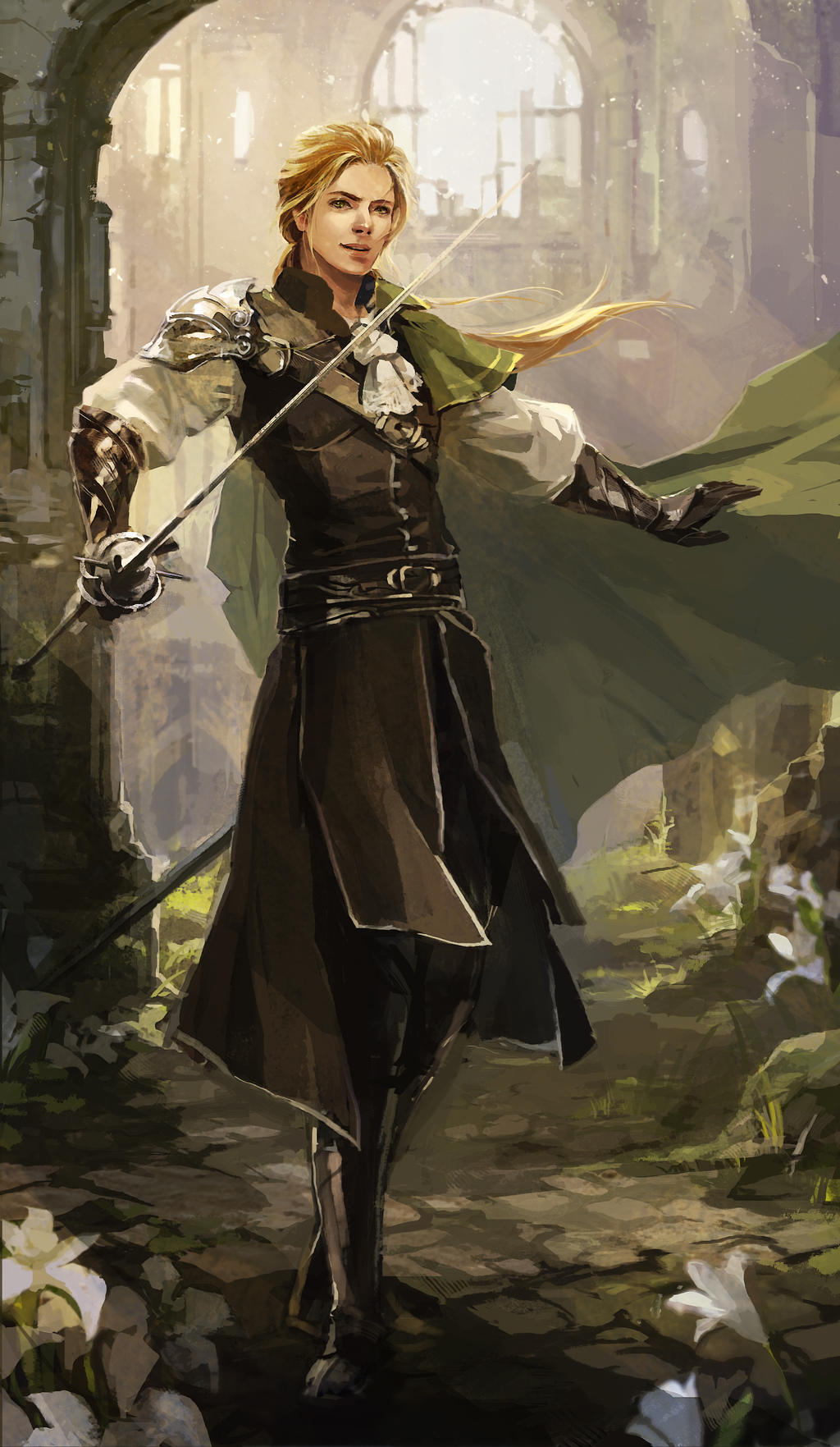

Serpent's Fang
Serpent Fang swiftblades emulate the fluidity and precision of serpents. They specialize in dual-wielding and are known for their agile, snake-like movements. They apply a signature venom to their blades that weakens their opponent's and wears them down over time.
Serpent's Fang Stances
As a Serpent's Fang, you know the following stances.
Venom Stance
You coat your weapon in a potent venom. The first time on each of your turns that you hit a creature with a finesse weapon it must make a Constitution saving throw or become poisoned for 1 minute. A poisoned creature takes 1d6 poison damage at the start of each of its turns and it can repeat its saving at the end of each of its turns, ending the effect on a success.
This stance's damage increases to 1d8 when you reach 11th level in this class.
Composure Bonus. The next time you hit a creature with a weapon attack, it has disadvantage on its saving throw to resist becoming poisoned by you.
Coiled Stance
You assume a threatening defensive stance. Creatures that start their turn within 5 feet of you must make a Wisdom saving throw or become frightened of you until the end of their turn or until they are more than 5 feet away from you.
Composure Bonus. If you are hit by a melee attack before the start of your next turn, you can use your reaction to make a melee weapon attack against the attacker.
Twin Fang Technique
When you choose this subclass at 3rd level, you gain an advantage in combat by wielding the twin fangs of the serpent. At the end of each of your turns, if you've hit a creature with 2 or more different finesse weapons during your turn, you gain 1 composure point.
Camouflage
Also at 3rd level, like the serpents you emulate, you are skilled at blending in with your surroundings. You gain proficiency in the Stealth skill.
Constricting Flurry
Starting at 6th level, your rapid strikes leave your opponents with few opportunities to escape. When you hit a creature with at least 2 melee weapon attacks on your turn, you gain the following benefits until the start of your next turn:
- You have advantage on opportunity attacks against it
- When you hit it with an opportunity attack, the creature's speed becomes 0 for the rest of the turn
- It provokes opportunity attacks from you even if it takes the Disengage action before leaving your reach
Twin Fang Strike
beginning at 10th level, when you hit a creature with a finesse weapon attack you can expend a composure point to immediately make another attack against them with a finesse weapon in your other hand. If the attack hits, its damage is halved.
Cobra Dance
At 17th level, you can take advantage of a poisoned enemy's weakened state to deliver a lethal combo attack. As an action, you make up to four finesse weapon attacks against a poisoned creature. Each time you make an attack this turn, it cannot use the same weapon as the previous attack that you made this turn. Each time you hit a creature with an attack this turn, you gain a stacking +2 to your attack rolls until the end of your turn.
Once you use this feature, you can't do so again until you complete a short rest.
Want More Swiftblade?
Head over to my DriveThruRPG page to purchase the Dancer and Phantom Stalker Swiftblade Disciplines

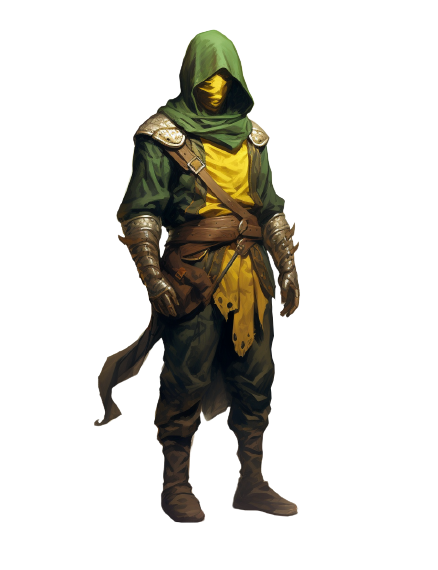
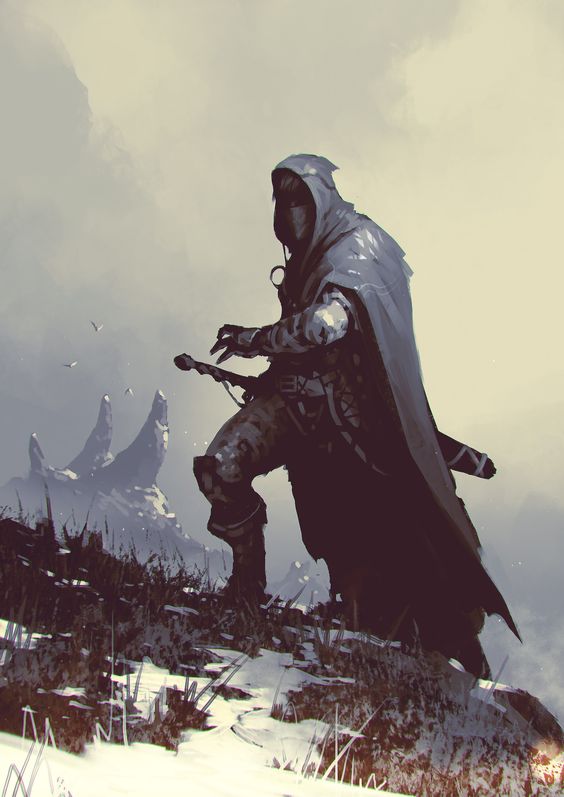
The Swiftblade
Version Info
This is Version 1.2 of the The Swiftblade Class, created by Xpertranger
Art Credits
- Front Cover: Elven Swordmaster by Lorenzo Mastroianni
- Swiftblade Character (Page 2): Female Prosecutor by GL_31001***
- Hallway Background (Page 2): Hallway Scene 1 by David Liskovec
- Silhouette Art (Page 6): Sourceless art generation via MidjourneyAI
- Corsair Art (Page 7): Tabaxi by Thuan Nguyen
- Duelist Art (Page 8): Lucien by chibi-oneechan
- Serpent's Fang Art (Page 9): Sourceless art generation via MidjourneyAI
- Back Cover: Wanderer by kalmahul
Enjoy My Work?
Find more of my homebrew on my GMBinder profile page
Support the creation of more brews like this one and unlock the Dancer and Phantom Stalker Swiftblade subclasses on my DriveThruRPG page
Join the Xpertranger Discord